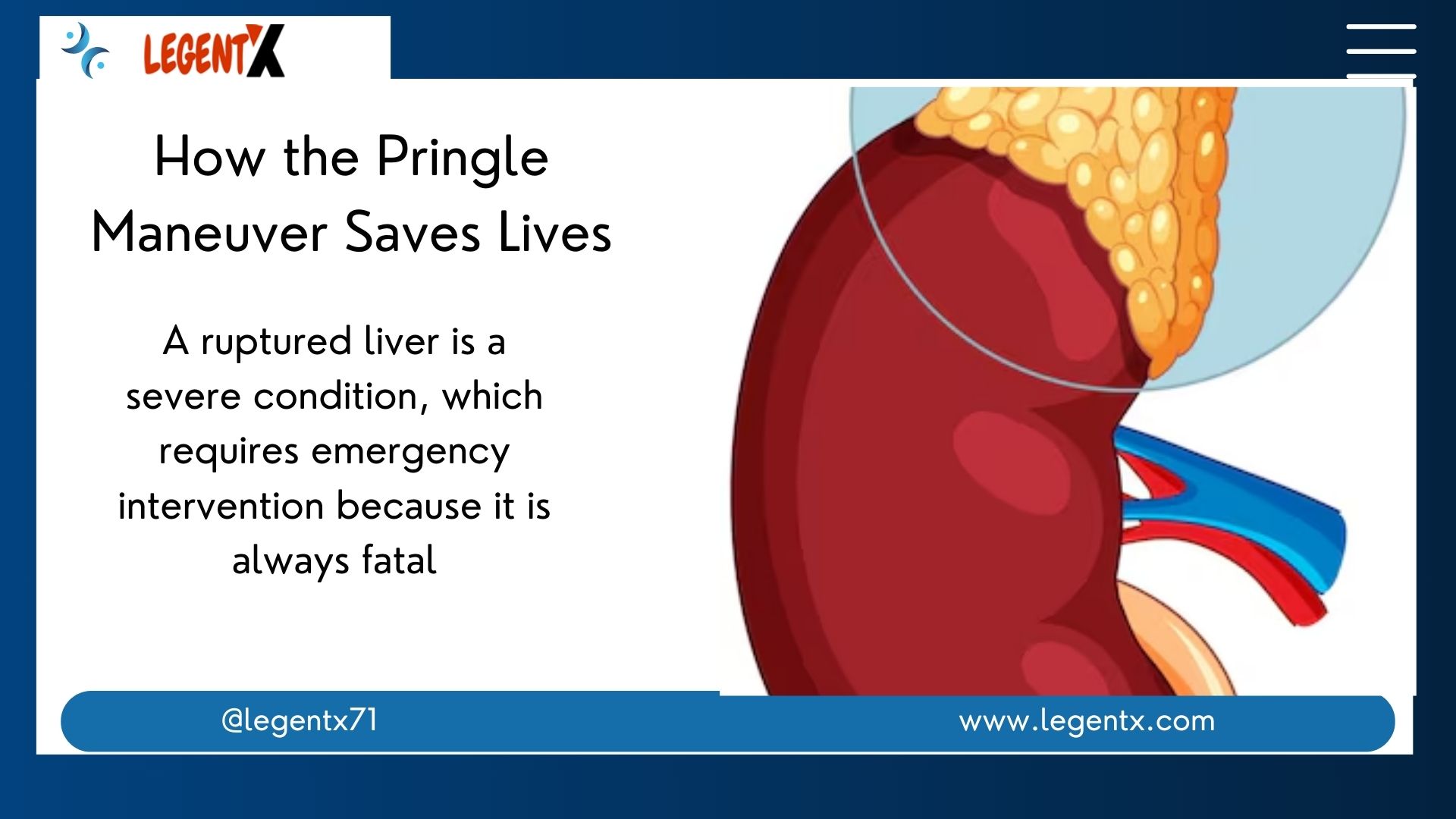A ruptured liver is a severe condition, which requires emergency intervention because it is always fatal. There was significant use of physical methods that focused on reducing bleeding from a liver injury such as the Pringle maneuver. This article looks at the issue on ruptured liver and wants to know more about the Pringle maneuver, with an understanding that this is a great technique when it comes to performing emergency operations.
Liver Rupture
This type of condition occurs commonly when there is a direct impact to the liver by applying force such as in an instance of car accidents or a fall or injury on the abdomen region. It can also be caused by injuries such as a stabbing or shooting, an individual has been stabbed or shot. The liver is also an organ with a large number of blood vessels and its rupture can cause internal hemorrhage and if not treated can be fatal.
Now let’s look at the symptoms which may reveal you might have ruptured liver:
It is important to know the signs of a ruptured liver so as to seek treatment early enough. The earliest and most obvious sign of liver disease is severe pain in the upper right part of the belly. It is possible to stretch from the hip to the knee joint, and sometimes radiates to the right shoulder or back. Some of the symptoms that may result from this include; hemorrhagic diathesis which comes with pale skin, dizziness, fast heart rates, low blood pressure and even loss of consciousness in severe cases. When there is a buildup of blood in the abdominal cavity then the tummy might look bloated.
The Pringle Maneuver
Sieving different options by which to manage the ruptured liver, stopping the blood loss remains the principal goal of surgeons. Pringle manoeuvre is named after James Hogarth Pringle, a British Surgeon who described the method in 1908 It involves occlusion of the portal triad, which temporarily stops blood supply to the liver so that the surgeon could take stock of the bleeding.
Post-Surgery Recovery and Care
Just surviving a ruptured liver, or even surviving the surgery to correct it is only the beginning. Recovery requires close attention to the liver function and the rest of the body organs, in as much as care is taken to support the normal functioning of the liver. Patients usually stay in an intensive care area where their blood pressure, liver’s functioning and health status is most often observed. Infections, bile leaks and liver failure may also be seen and these complications must be treated immediately. Some patients are at a higher risk of the complications depending on the extent of their liver injury or if the Pringle maneuver was used for a longer time. The healing process of a liver rupture may be a long one, and the patient may have to be prescribed a lot of time off and less movement. At times there may be less results, more often repeated surgeries or other therapies might be required due to persistent liver abnormalities.
Why Early Intervention?
The outcomes in a ruptured liver very much depend on the timeliness and method of a particular treatment used. The Pringle maneuver, if applied as and when required, can be life saving, though it is not the only procedure required in managing cases of severe liver injury. Evaluations and surgical management of various grades of liver injuries should be done within less time and proper post surgical care will also help the patient to improve the overall health.
Conclusion:
Only 22 percent of the respondents said that they had been able to save a life using the technique in critical moments. Like all things it carries some risks, but when done with the right kind of approach, it could mean the difference between life and death. What is however important to understand, like with any other severe medical ailment, is that timely identification and appropriate action are critical to the finest prognosis. The Pringle maneuver remains as an example of how the surgical invention is a priceless resource of people’s survival and, in particular, as an essential weapon against one of the most severe and life-threatening conditions of a patient


Leave Comment